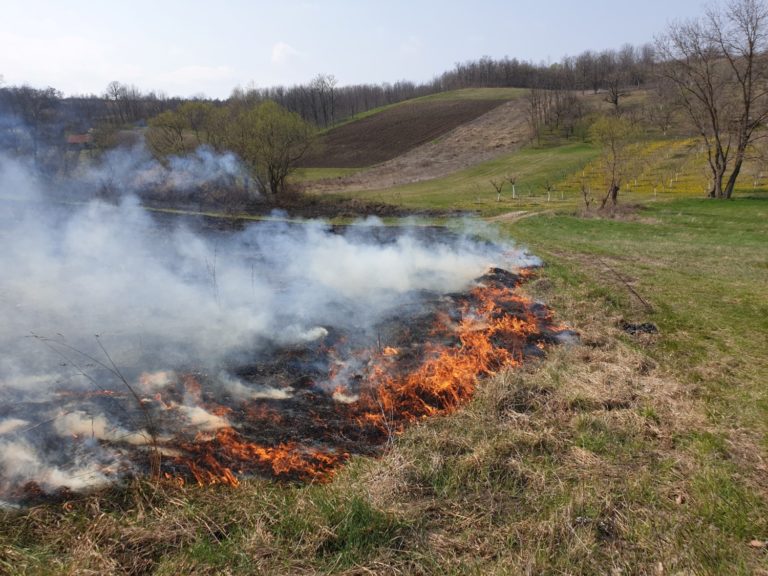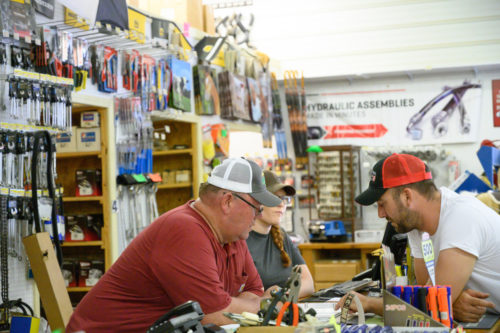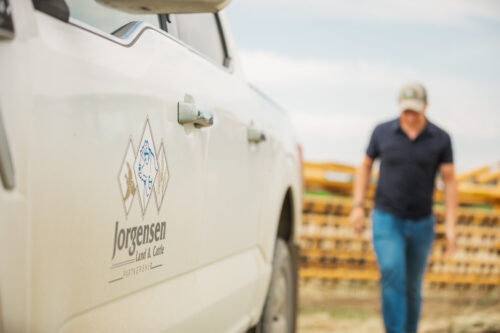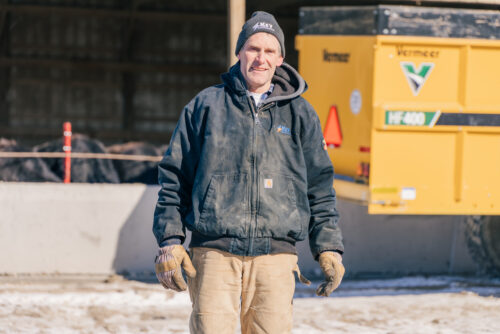
Using Prescribed Burning for Forage Management
July 2020
The idea of a “controlled burn” may sound appealing to some when it comes to taking care of forages and grasses. However, controlled burning doesn’t exist. Often prescribed burning is misunderstood as a controlled burn, but the two are not at all the same. In fact, fire cannot truly be controlled; therefore, it doesn’t exist. However, prescribed burning is a whole different story. It can be highly valuable to producers across the country interested in not only livestock, but also wildlife habitats.
Prescribed fire is the intentional burning of a piece of land to enhance the productivity of the acreage. The term prescribed implies prescription and that is what Russell Stevens, strategic consultation manager and wildlife and range consultant with Noble Research Institute, says it truly is. This prescription for fire can aid in brush control and enhance forage quality. After a fire, the woody plants and all the forage is consumed. However, the forage that begins to grow back is much higher in quality than before. In turn, this increases the value and plant diversity of grazeable acres in some production systems for both livestock and wildlife.
Stevens notes landowners who are appropriately stocked can apply prescribed fire either annually or periodically to achieve their specific goals. Traditional burn season is either just before spring to remove the previous year’s dead vegetation and produce new, lush, higher-quality growth, or late summer to also control brush encroachment.
"Prescribed fire has been shown to have been an integral part of plant communities and animals all over the world in all countries"With more than 30 years of expertise in this method of increasing land productivity, Stevens warns it is not a fix-all and not appropriate for every system, but it is a natural phenomenon that, along with grazing and rest, shaped the southern Great Plains from the very beginning. “Prescribed fire has been shown to have been an integral part of plant communities and animals all over the world in all countries,” he reflects.
While fire has a slew of benefits to land, it has some disadvantages if not executed well. If a producer is interested in employing some burning on their land, Stevens says it is critical to seek out the help of a professional to develop not only a burn plan, but also an operational plan. The decision to implement burning or to not is driven by the specific goals, stocking rate and land quality at hand. Thus, an operational plan must precede any talk of prescribed fire.
Once the operational goals point toward implementing prescribed fire, a specific burn plan needs established. These plans may sound intimidating, but they are simple forms available through local extension or consultation services to aid in assessing goals and executing them through various means. Stevens recommends finding someone in the area who specializes in fire to assist in this process because it is not challenging, but it can seem that way without direction.
“It’s really a plan to help them, that’s that prescription part, to help them make sure that they implement their fire in a proper and safe manner,” he describes, “so all that the plan consists of is the variables that need to be considered for a safe and effective fire.”
"Blindly going into a burn without a professional and a crew to assist is a recipe for disaster."Once a plan is established, the next step is forming a burn crew. In some counties, he notes there are associations developed to share resources including labor and equipment. This allows prescribed fire to be as effective and as safe as possible. Blindly going into a burn without a professional and a crew to assist is a recipe for disaster.
“You definitely need more than a husband and wife that own the property,” he advises. “It’s very difficult for just two people to pull off a fire, a prescribed fire safely. In these prescribed burn associations, you can share labor and equipment and knowledge with other landowners and get some burning on the ground.”
Whether prescribed fire is common in your area or not, it may be something to investigate. Implementing fire in a strategic way may be just the ticket for your rangeland to take off and develop forage more adequately.
Vermeer and the Vermeer logo are trademarks of Vermeer Manufacturing Company in the U.S. and/or other countries.
© 2020 Vermeer Corporation. All Rights Reserved.






